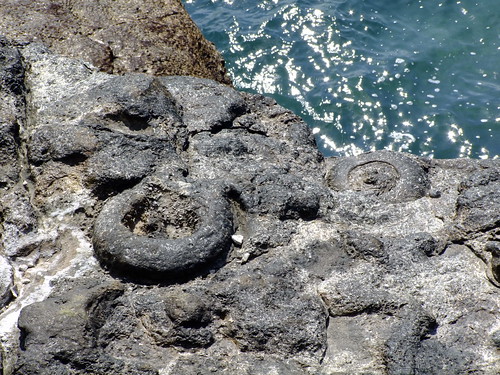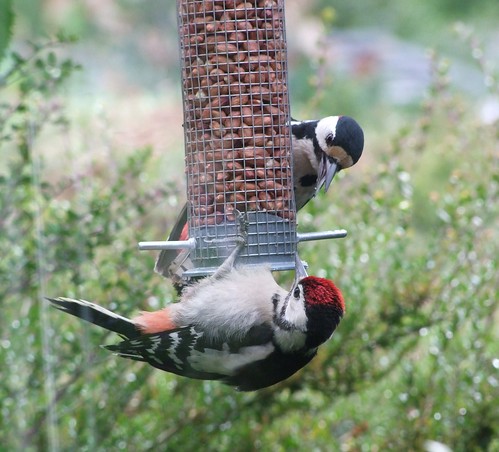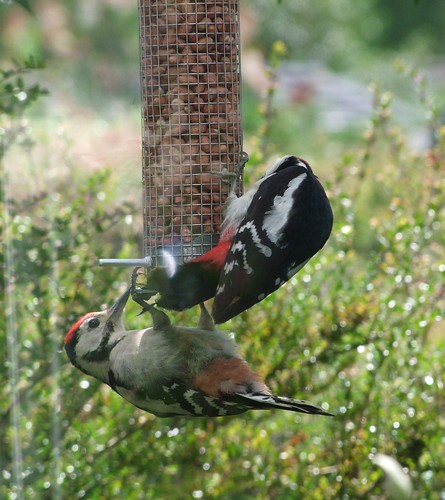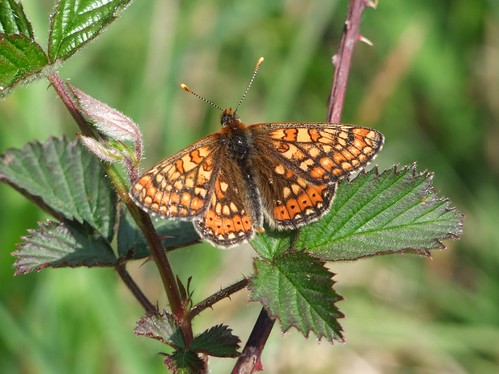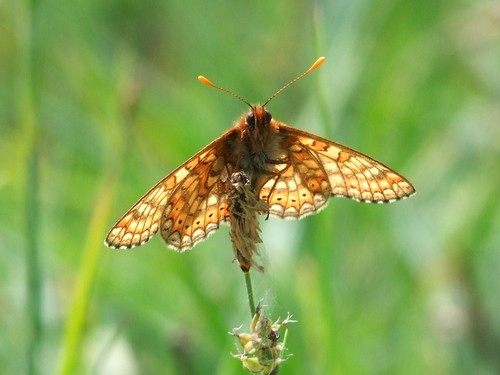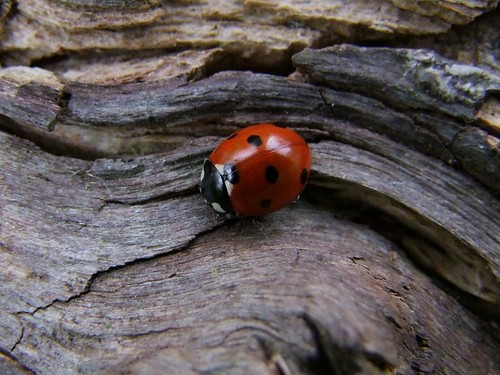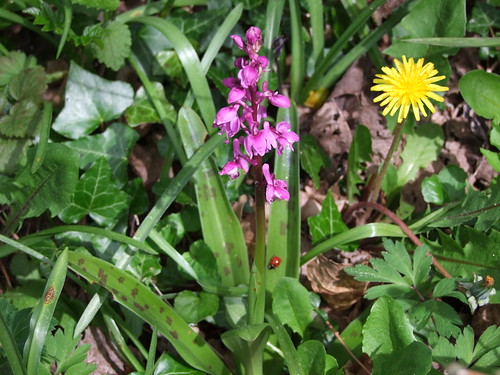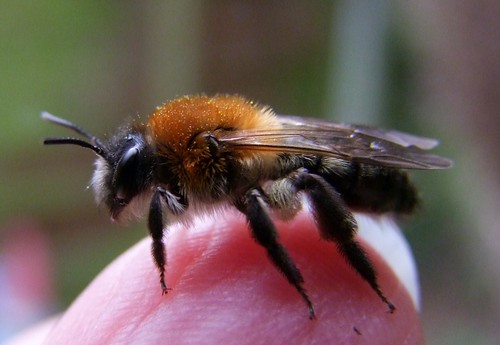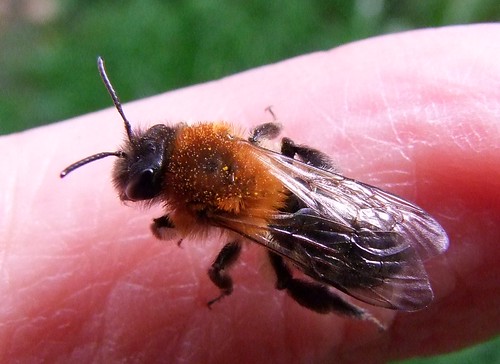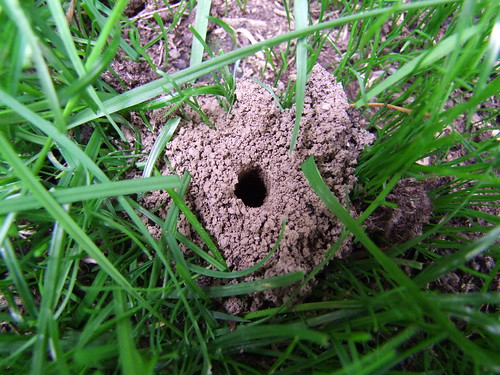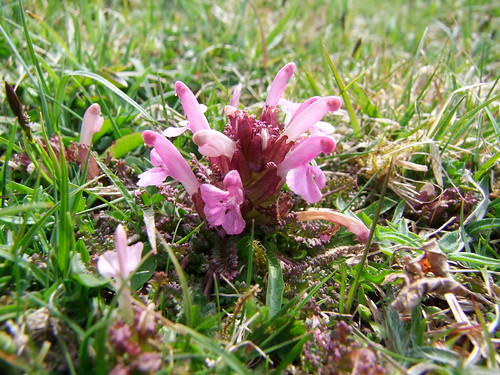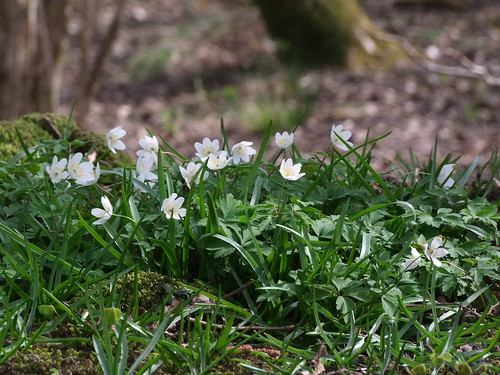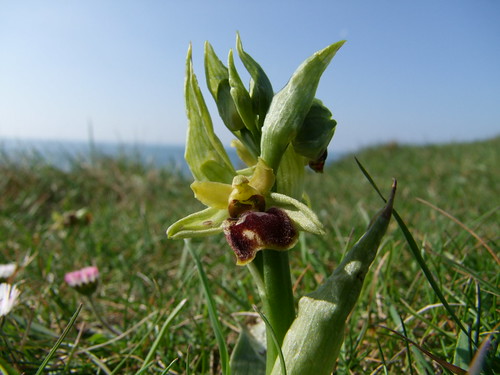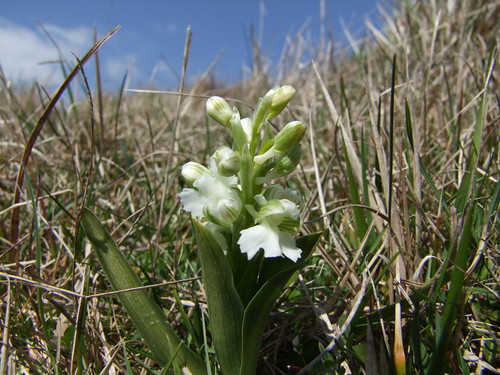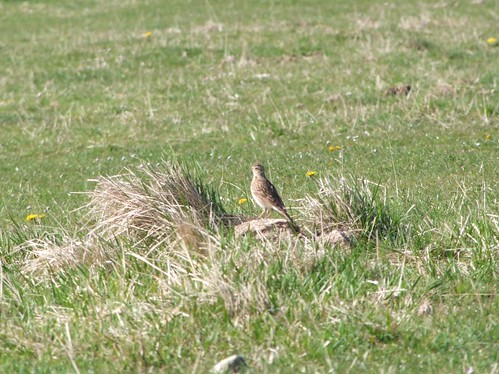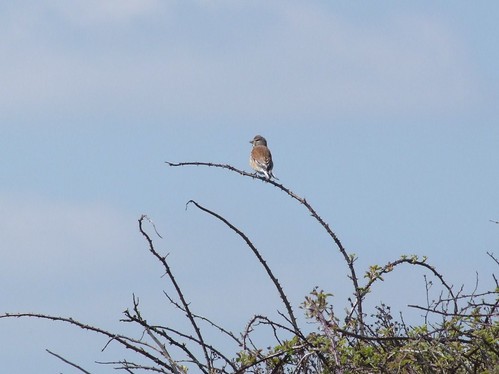Morden Bog is a nature reserve just up the road from where I live and we often go for a walk (well, I walk, my OH goes for a run) on the reserve. I knew the Wasp Spider was at Morden Bog but I have never seen one until yesterday, thanks to one of my contacts on Flickr, I found them. I found six females and there was three males. She is big and he is small, the female is impressive but the poor male, he is tiny and puny in comparison, and if he does not get it right, she will eat him either after or during mating.
The females did vary in size, this female was the biggest, a real beauty I think, I wonder how many male suitors she has eaten:-)
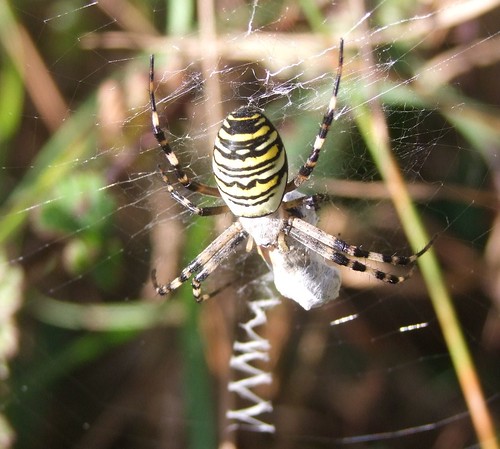
 In this picture, you can just see the tiny male spider, you have to feel sorry for him, nature can be a bit unkind sometimes, but his desire to mate with this huge female outweighs his fear of being eaten by her.
In this picture, you can just see the tiny male spider, you have to feel sorry for him, nature can be a bit unkind sometimes, but his desire to mate with this huge female outweighs his fear of being eaten by her.
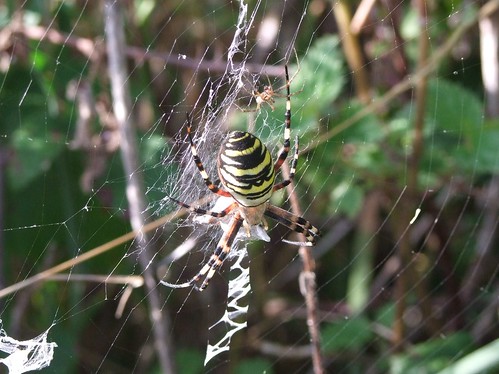
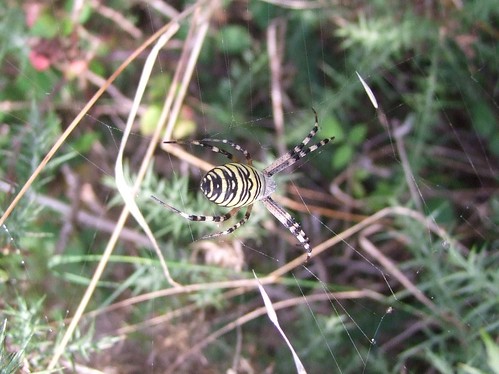
At Powerstock there are several ponds dotted around the reserve, we found three yesterday, all different from each other; the first was very clear, the second was covered in Duck weed, the third was full of Bogbean. At two of them, there were quite large dragonflies flying around, the Four-spotted Chaser. These dragonflies were constantly on the move, chasing off rivals, mating and laying eggs, no time to stop and rest for too long, time is very short for them.
Four-spotted Chaser
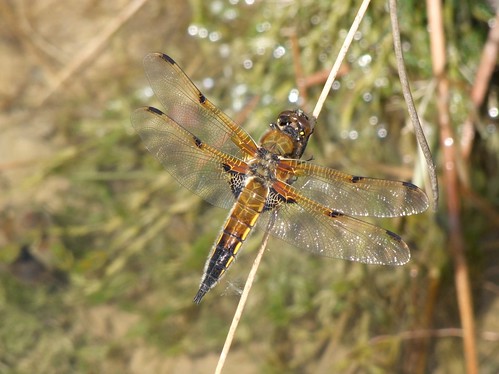
 Bogbean, which was in one of the ponds
Bogbean, which was in one of the ponds
 Newts. This pond was so clear that you could see all the newts swimming around
Newts. This pond was so clear that you could see all the newts swimming around
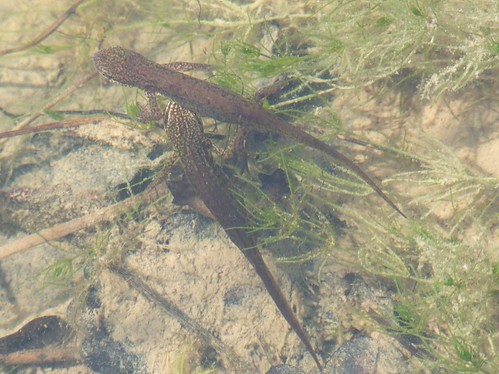
Fontmell Down is Dorset Wildlife Trust's nature reserve and also the National Trusts and is part of the North Dorset Downs. It has spectacular views across the Blackmore Vale. I will say the part that the Dorset Wildlife Trust owns is the better part, the National Trust part is mostly farmland. I was going to take a flask of tea with us, but my OH said we did not need it because he thought the walk would not be long - wrong! We had a very long walk, up and down steep slopes, by the end of it I was gasping for my tea. Fortunately, not far away, there is a cafe in a small aerodrome where they fly small planes for pleasure trips and also give flying lessons. Fontmell Down is now added to our list of places to visit regularly.
http://www.dorsetwildlifetrust.org.uk/fontmell_down_reserve
My best picture of 2010 so far, a fox cub. This is my first picture of a fox. This little chap had obviously decided to do a bit of exploring, like us.
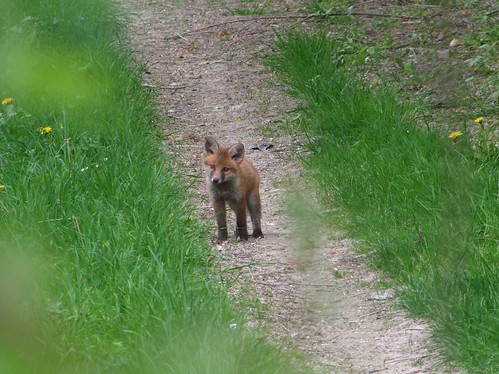 Fontmell Down, this part is the Dorset Wildlife Trust's nature reserve
Fontmell Down, this part is the Dorset Wildlife Trust's nature reserve
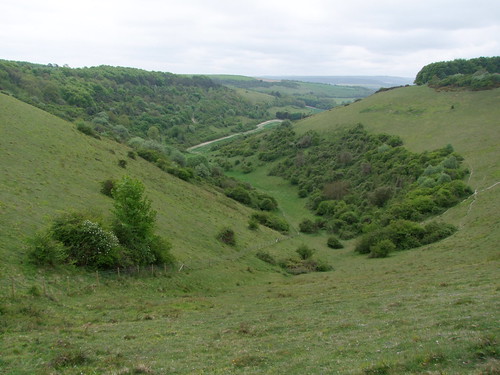 Grizzled Skipper
Grizzled Skipper
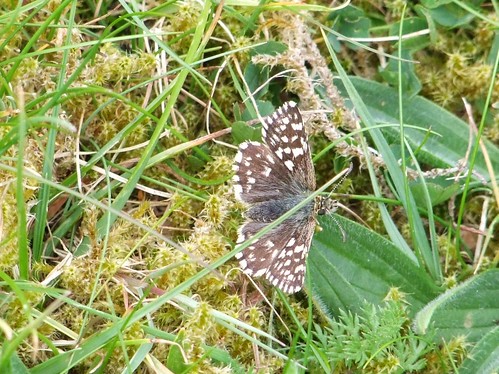 Dingy Skipper
Dingy Skipper
 Cowslip. On one side of the Down was covered with Cowslips, whereas the otherside was covered with Milkwort and Early Purple Orchid. Quite a variety of wildflowers.
Cowslip. On one side of the Down was covered with Cowslips, whereas the otherside was covered with Milkwort and Early Purple Orchid. Quite a variety of wildflowers.
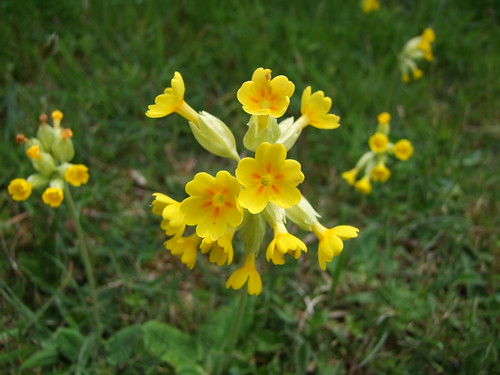 Difficult to capture the scale of the area covered in Cowslips, but I have never seen so many Cowslips in one area, fantastic to see.
Difficult to capture the scale of the area covered in Cowslips, but I have never seen so many Cowslips in one area, fantastic to see.
 The sloping area that is covered with Cowslips, this is only a small area of it that I could capture.
The sloping area that is covered with Cowslips, this is only a small area of it that I could capture.
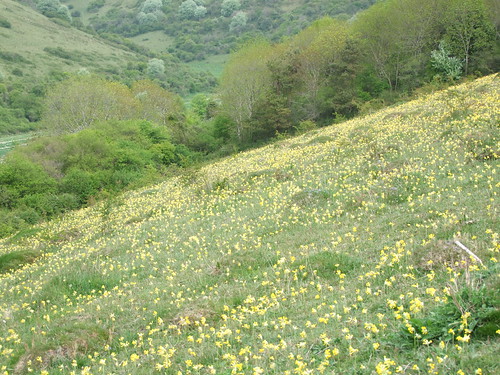 Early Purple Orchid
Early Purple Orchid
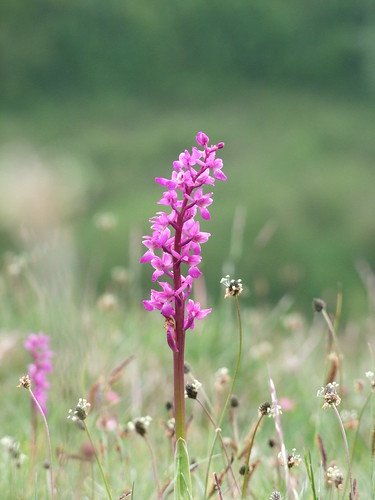 Common Twayblade. This is an orchid and it is suppose to be common, this is the first time I have seen one of these. It does not look very exciting and could be easily overlooked. This area has nine different orchids.
Common Twayblade. This is an orchid and it is suppose to be common, this is the first time I have seen one of these. It does not look very exciting and could be easily overlooked. This area has nine different orchids.

Had a great day out at Martin Down nature reserve, I got my Orange Tip butterfly and the Green Hairstreak butterfly:-) We took a trip to the reserve in hopes of finding the Duke of Burgundy butterfly, I think it maybe another week or so before we see these. But we had a great time with the Green Hairstreak butterfly, it is the first time we have seen these. We then went to the Cranborne garden centre for our tea and cake, and afterwards we went for another walk in the woods in Edmondsham, where the Bluebells are brilliant now and their colour is intense.
My first capture of the Orange tip butterfly
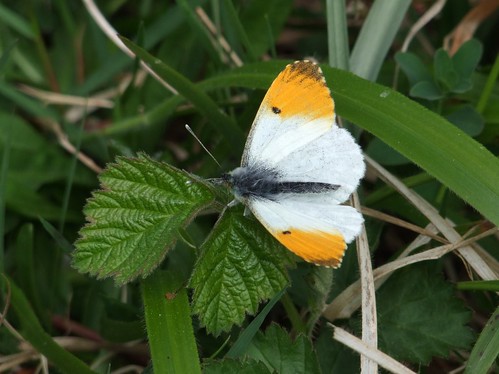 The green jewel amongst the yellow Gorse, the Green Hairstreak butterfly. My OH is great at spotting things, I seem to walk around in a dream, he sharper than me when it comes to spotting the butterflies.
The green jewel amongst the yellow Gorse, the Green Hairstreak butterfly. My OH is great at spotting things, I seem to walk around in a dream, he sharper than me when it comes to spotting the butterflies.
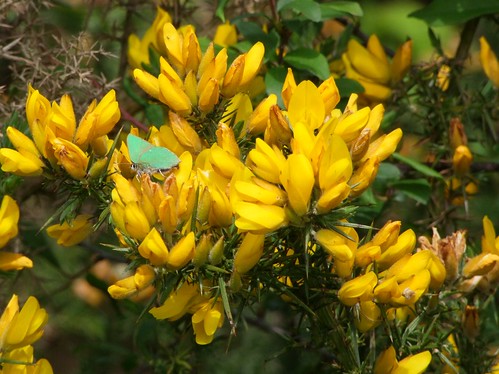 A closer view of the Green Hairstreak
A closer view of the Green Hairstreak
 When the sunlight catches their wings, they shimmer.
When the sunlight catches their wings, they shimmer.
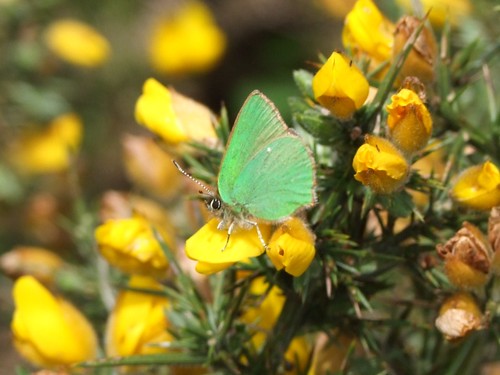 These are the males of the Green Hairstreak butterfly, there was at least three and they were doing a bit of squabbling.
These are the males of the Green Hairstreak butterfly, there was at least three and they were doing a bit of squabbling.
 Different shades of green
Different shades of green
 We had to have our fix of Bluebells. These Bluebells are reaching their best, their colour is very intense.
We had to have our fix of Bluebells. These Bluebells are reaching their best, their colour is very intense.
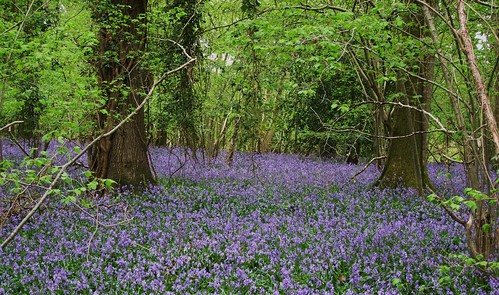
Fossils and lizards seem to go together. We had a great day out today, beautiful sunshine and no wind. We drove to Worth Matravers in the Purbecks and then walked from there to Hedbury Quarry. Our main reason for going to this quarry was to see the Wall lizards and we were not disappointed, they were everywhere in this quarry, I had a brilliant time photographing these little lizards. We appear to have four species of lizards in the UK:
Common lizard
Sand lizard
Wall lizard
Western Green lizard (a new lizard found on the cliff tops of Boscombe and Southbourne)
Most people know about the Common lizard, some may know about the Sand lizard, but I wonder how many people know about the Wall lizard (I certainly did not know about them until very recently) The Western Green lizard is a recent discovery, so I expect vertually no one has heard of these. I have found a useful website about British reptiles:
http://www.surrey-arg.org.uk/SARG/08000-TheAnimals/SARG2Reptiles.shtml
Wall lizard, I am not sure about who is male and who is female. The only difference seems to be is that the males are slightly larger than the females.
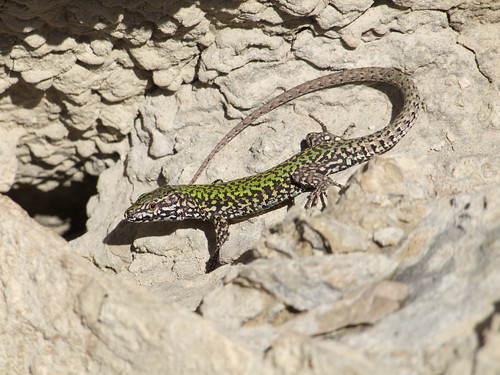
 This one was watching me while I was watching him
This one was watching me while I was watching him
 This lizard came towards me, maybe he thought he could shoo me off :)
This lizard came towards me, maybe he thought he could shoo me off :)
 Difficult to say if these are two males
Difficult to say if these are two males
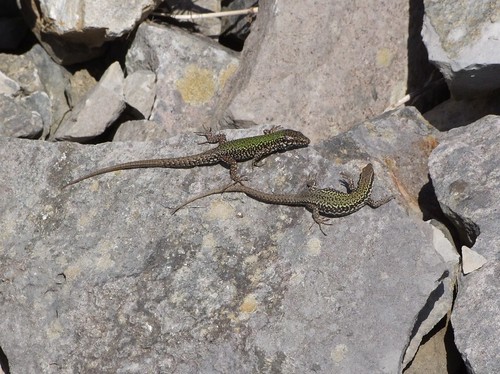 This was a surprise, a Common lizard, in the same location
This was a surprise, a Common lizard, in the same location
 Ammonites
Ammonites

